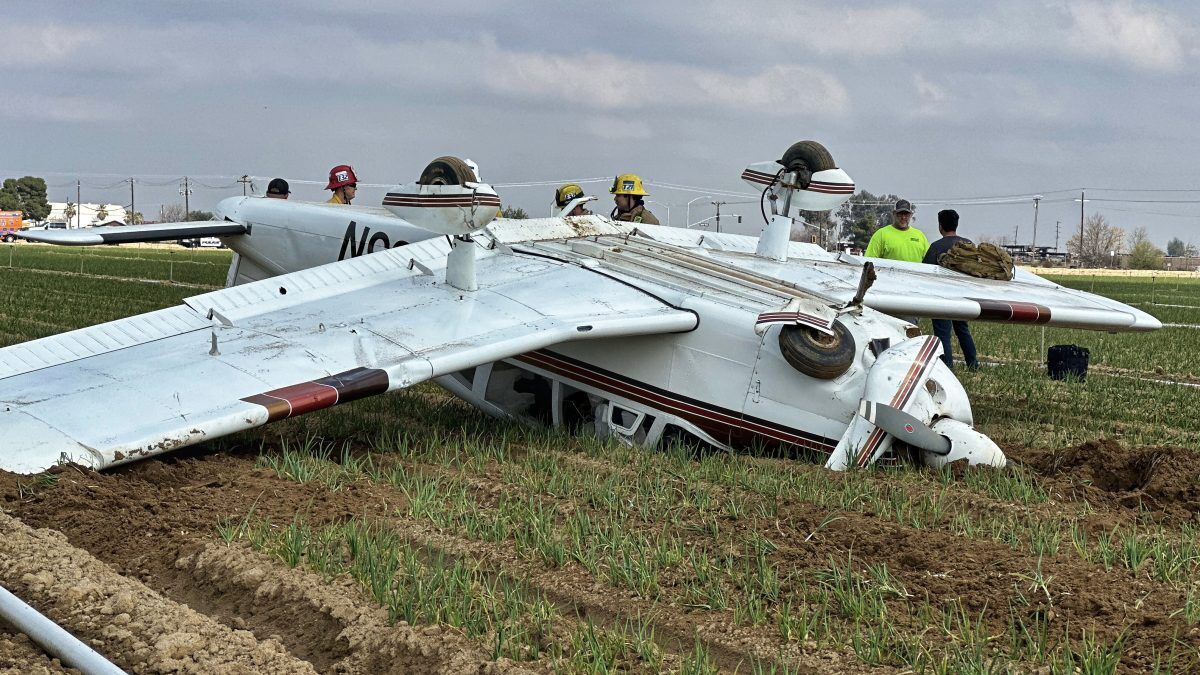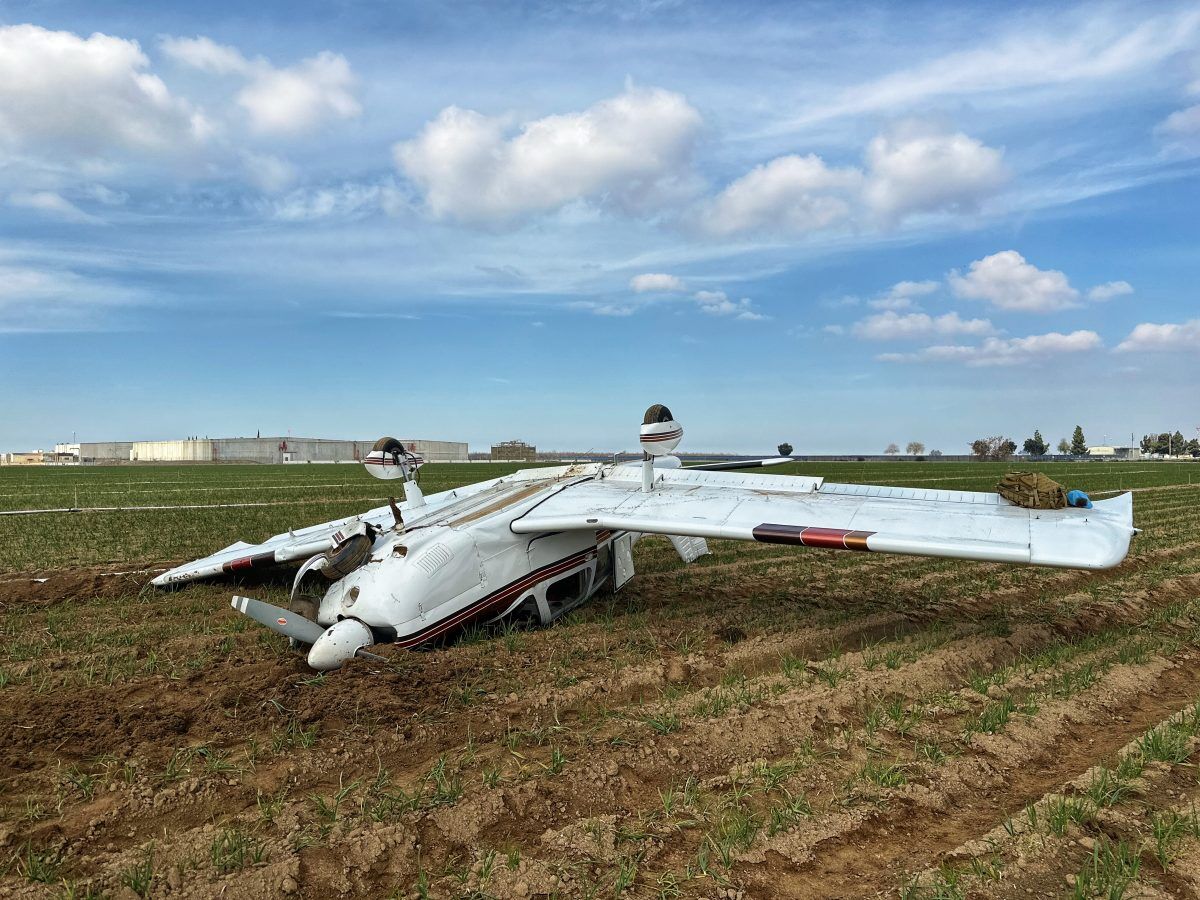Apaprently the local fire department showed up and they declined any medical treatment.
https://www.bakersfield.com/news/2-...cle_4e909e00-e754-11ef-83ac-a78282d505e4.html


That'll buff right out.
https://www.bakersfield.com/news/2-...cle_4e909e00-e754-11ef-83ac-a78282d505e4.html


That'll buff right out.
